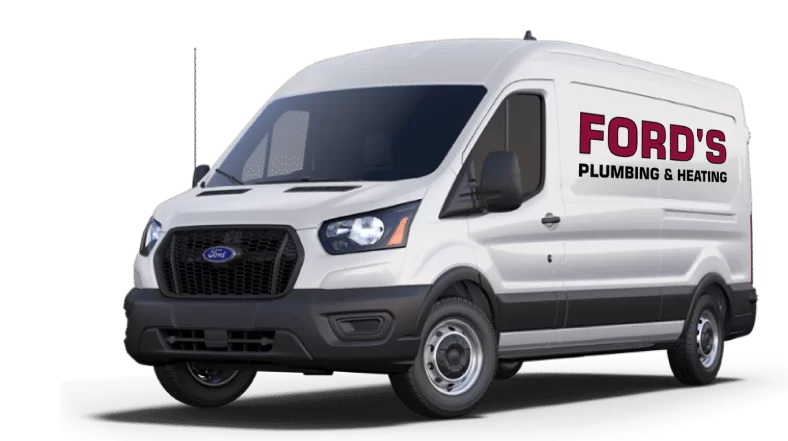Congratulations on your new bathroom renovation. You’ve designed the bathroom of your dreams and can’t wait to soak in your new free-standing tub. Since we spend a lot of time in bathrooms, it makes good sense to get it right the first time.
First, though, you need to plan the plumbing before you choose tiles, countertops, or a rain shower head. If your new bathroom layout involves moving pipes or installing new drains, then a professional plumber will be part of your deliberations. Here’s why.
Water Flow vs. Water Pressure
New water conservation laws limit water consumption through shower heads and faucets to one and one-half to two and one-half gallons of water per minute. This means the water coming out of your amazing rain shower head is going to take all night to clean you.
The pipes carrying this water generally begin at one inch then taper off to one-half inch at the shower or faucet. Older homes might taper off to three-quarter inches at the shower or faucet. More water with one, less with the other. You’ll notice a decided drop in water pressure with the half-inch pipe.
Insulated Pipes
The new design calling for pipes to be moved against an outside wall will need to be insulated against freezing and cold weather. This will prevent bursting pipes.
Drain Size
No doubt about it, size matters. One-inch drains are the standard by which contractors abide. However, if your bathroom renovation calls for a free-standing tub in front of the windows, make sure the plumbing is compatible with the size of the drain.
Showers also need to be considered. If the slope is too shallow, it overpowers the one-inch drain. You’ll have standing water with which to contend. This generally means mold and mildew. Go with a two-inch drain, and you should have no problems.
Recessed Medicine Cabinets And Under-Cabinet Plumbing
A smooth wall is preferable to a wall with things jutting out of it. Built-ins for towels and bath supplies in addition to recessed medicine cabinets comprise most people’s dream bathrooms. Numerous homeowners would prefer floating sinks with shelves beneath to the ordinary bathroom vanity.
The snag to this is the plumbing. Recessed medicine cabinets, as well as plumbing beneath the sink, could bump up against the piping. Either the piping must be moved, or the medicine cabinet and vanity design must be reconfigured. Since this is your dream bathroom, expect to pay extra for the pipes to be moved in order to accommodate your medicine cabinet and vanity.
Support
Free-standing tubs and some shower configurations require extra support. Depending on the materials used in the shower design, for instance, natural stone, the materials will be heavy. Many free-standing tubs are made of natural stone, wood, and cast iron.
The floor joists will need to be reinforced to take the weight of the tub and/or the shower. This could pose a problem with the plumber hooking up the pipes. He won’t be able to cut into the joists to either move or to hook up existing pipes to the tub and/or shower. The design might have to be adjusted to take these items into account.
Water Heaters
The usual water heater holds hot water whether you need it or not. This costs money on the power bill. Tankless water heaters, though, are placed where you need them. They only supply hot water when you need it. They’re no bigger than a standard suitcase and are cheaper than a water heater. Plumbers from Ford’s Plumbing and Heating will place them and hook them up without any snags.


















